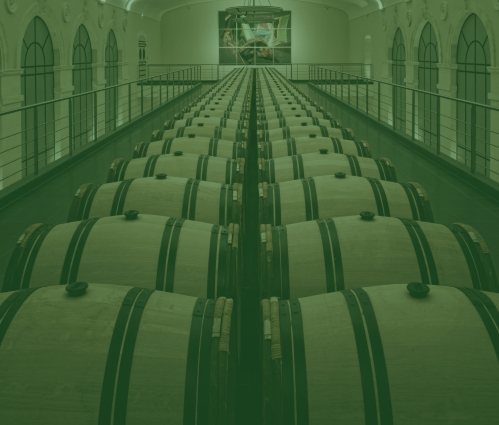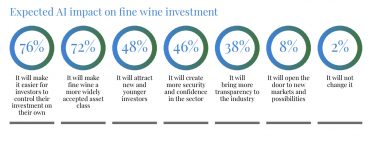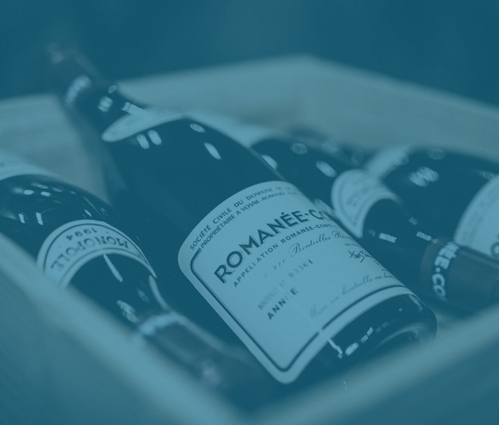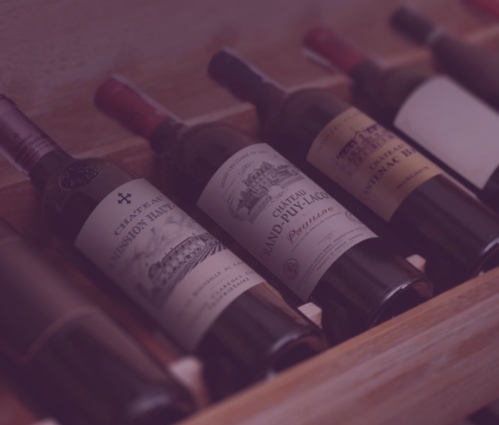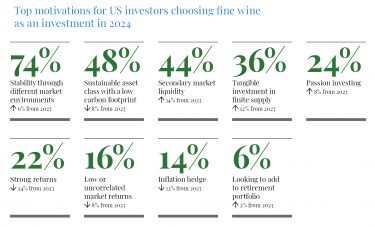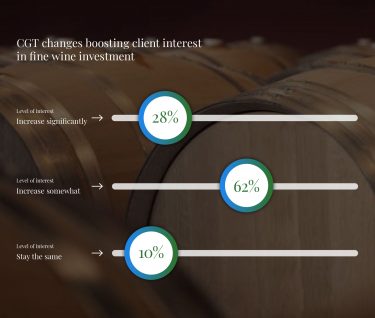Explore the rise of wine influencers and how Bordeaux estates balance authenticity, identity, and changing consumer expectations.
As wine criticism continues its transformation, a new force has emerged alongside traditional voices – the influencer. While formal critics retain a place of authority, many Bordeaux estates now acknowledge that digital personalities play a growing role in shaping perceptions, influencing purchases, and spreading the message of wine.
- Influencers now shape opinions through social media, though their messaging often lies outside producers’ control.
- Bordeaux estates are prioritising authenticity and estate identity.
- Producers increasingly view the customer as the ultimate judge, trusting loyal drinkers over trends.
How wine influencers are shaping modern criticism
The majority of the chateaux interviewed by WineCap referred to the widespread use of social media as a tool in the wine critique space, recognising the parallel role of influencers to conventional commentary. Several also noted that quality and precision of influencer messaging was usually beyond a producer’s control, and not as accessible for them to engage with or oversee as traditional critique.
Château Pavie, Premier Grand Cru Classé (B), Saint-Émilion
‘Robert Packer was definitely the most influential critic in the world of wine, and for Bordeaux particularly, and he’s actually done a lot of good things for Pavie, because he scored us 100 points four times in ten vintages, which is quite unique in Bordeaux,’ Olivier Gailly, commercial director at Pavie explained to WineCap. ‘Since he retired, we’ve seen more and more wine critics. Actually, almost every day we see new critics who are quite influential within his or her community or his or her country.’
Gailly described such personalities as ‘half influencer, half critic’.
‘We have to adapt. There is a lot of social media and there are influencers throughout this medium. The most important thing is to make sure they relay the right messages. They relay the truth of our terroir, of what the team is doing, and they talk through to the work we do with quality.’
Château Pape Clément, Grand Cru, Pessac-Léognan
‘The role of critics and journalists remains, but in my opinion, Parker was the best taster. I’ve never known any that were better, more precise, more honest in their decisions,’ said Bernard Magrez from Château Pape Clément. ‘Now, there are not just journalists but also influencers. There’s digital media that features a lot of short but quality programmes, with the mission to advise wine lovers.’
‘These programmes are often made by quality people, but not always,’ Magrez added. In any case, they provide the service of engaging with consumers, so they do not ‘make a mistake when choosing wine’.
Estate identity and customer loyalty in modern wine marketing
As the wine world becomes increasingly noisy with a blend of critics, influencers, and online commentary, many producers are returning to the fundamentals: authenticity, estate identity, and customer loyalty.
Château Saint-Pierre, Fourth Growth, Saint-Julien
‘It is sometimes so difficult to handle, that we think that the main thing is to simply be proud of what we produce,’ explained owner of Château Saint-Pierre Jean Triaud to WineCap. ‘During En Primeur, there are maybe 30, 40, or even 50 people telling us they can offer influence for the wine. You get professionals, but you also get all the guys you don’t know writing online and maybe followed by, I don’t know, 100,000 people.’
Triaud said it was impossible and undesirable to produce wine that everybody liked. ‘So, we try to keep the identity of the wine and what the family wants to do.’
Château La Conseillante, Pomerol
‘Since Parker retired, the world of journalists has changed a lot. Now we do not have one journalist, we have a lot of journalists with different tastes,’ said Marielle Cazaux, general manager of Château La Conseillante. ‘So, for me, the wine has to keep its identity with all these different journalists. Before, with Parker, you had to just please one taste. Now it’s more and maybe it is a good thing’.
Château Beychevelle, Fourth Growth, Saint-Julien
Philippe Blanc, general manager at Château Beychevelle, was adamant that the customer, and not the critic, was “king”.
‘The role of wine critics is very important but, as I am a very rude person, I said to somebody one day in London at a seminar that the most important people were the customers and not the journalists. Everybody laughed in the room, but I still believe that,’ he told WineCap. ‘Journalists are extremely important, they are knowledgeable, they are good guides but I think the best guide you can get is a customer himself. Now, if you need help, you can follow some journalists that you trust.’
With a multitude of journalists and influencers today, Blanc said he was not sure one single person took the lead. ‘I think as customers, you have to find the people you feel good with and then stick to them – but the most important thing is to open a bottle, to share it with friends and see if you like it and you give the mark you want then. It is important to feel comfortable with what you taste and not to follow somebody like you follow the shepherd’.
Château Lynch-Bages, Fifth Growth, Pauillac
Perhaps the most direct remark about putting house identity first in today’s complex wine critique space came from Jean Charles Cazes, CEO of several properties, including Château Batailley and Château Ormes de Pez alongside Lynch-Bages.
‘We have had a consistent style and consistent practices over generations. I think it is important that you follow your style because fashions always evolve and change. If you try to follow the fashion, it will be out of date very quickly. So, we follow our own path.’
In today’s fast-moving and fragmented wine commentary landscape, the critic no longer reigns alone. Influencers bring reach and relatability, digital media expands access, and consumers themselves wield increasing influence over what succeeds. Yet amid this evolution, Bordeaux’s finest estates are charting a steady course – staying true to their identity, their terroir, and the loyal customers who bring their wines to life in glasses around the world.
See also our Bordeaux I Regional Report.
WineCap’s independent market analysis showcases the value of portfolio diversification and the stability offered by investing in wine.
Start your wine investment journey with WineCap’s expert guidance.
